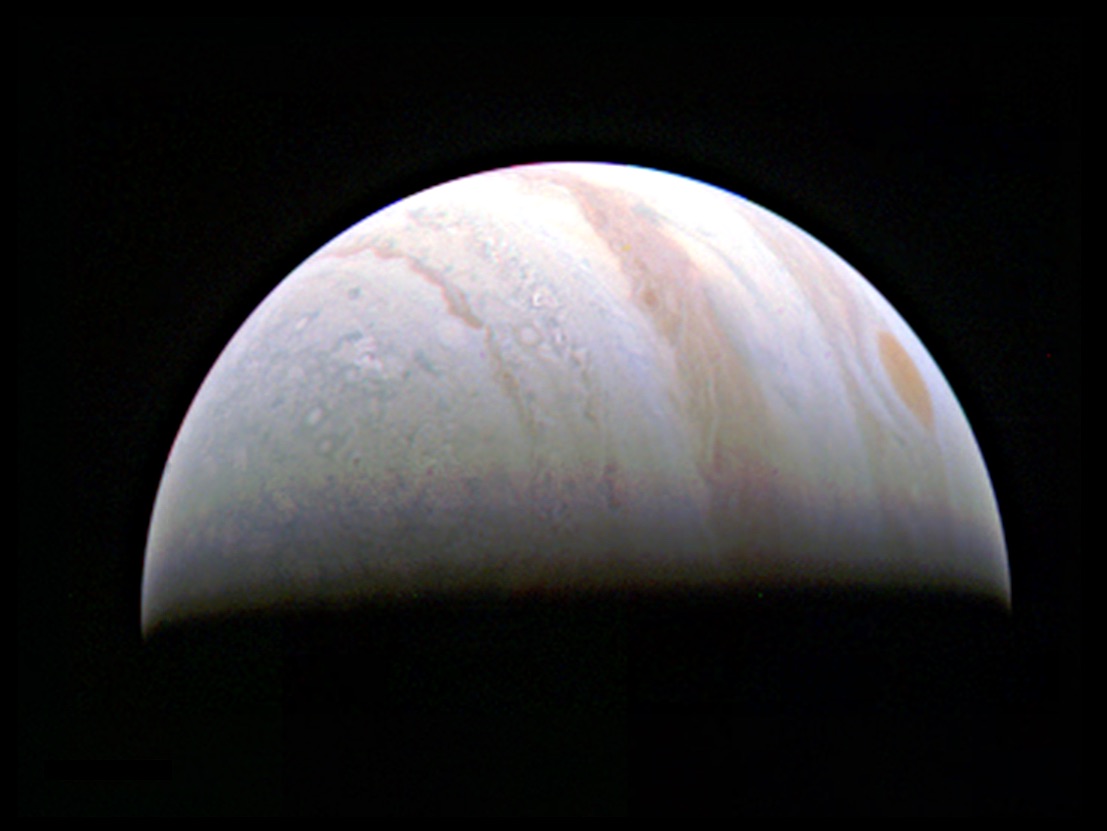
HELSINKI — Chinese space scientists have outlined a tentative roadmap for establishing a space resources utilization network stretching into the outer reaches of the solar system.
Wang Wei, a scientist affiliated to CASC, China’s main space contractor, and the Chinese Academy of Sciences (CAS), is proposing a four-stage roadmap for a space resources utilization project which would, eventually, span the entire solar system by 2100.
The initiative is titled Tiangong Kaiwu and takes its name from Ming Dynasty scientist Song Yingxing’s work, “The Exploitation of the Works of Nature.” It proposes developing strategic mineral resources, utilizing off-world water-ice for fuel, creating transport and supply nodes, and establishing a space resource development system.
The proposal is not an approved government plan, but is an indication of some of the current thinking on long term visions for space exploration and exploitation in China.
It envisions initially constructing water-ice resource development facilities on the moon. Water can be separated into hydrogen and oxygen and used as propellant. These capabilities would be used to expand to near-Earth asteroids, Mars, main-belt asteroids and the moons of Jupiter.
The project would establish supply routes and chains using gravitationally balanced nodes at Earth-Moon Lagrange point 1, Sun-Earth L1 and L2, Ceres and Sun-Jupiter L1.
Tiangong Kaiwu would require massive resource infrastructure including supply stations, transportation routes, mining and processing stations. It would also demand a focus on access to space, the ability to make low-cost returns to Earth, breakthroughs in key technology. The overarching goal would be to develop a large-scale and commercial space resource development and utilization capabilities.
“Just like the miracles created in the Great Age of Navigation, the ‘great space age’ with the use of space resources will … create the next miracles in the history of human development and bring new prosperity to human civilization,” Wang said, official industry publication China Space News reported, Aug. 31.
Wang Wei presented the proposal at a Chinese Society of Astronautics (CSA) meeting in Beijing, Aug. 19, in a forum on “Exploring the Universe and Developing Space Resources.”
This notion has stage goals of exploration, mining, and utilization with stage posts at 2035, 2050, 2075 and 2100. This will “promote the development and utilization of space resources in China to achieve leapfrogging style development,” Wang was reported as saying.
The proposal is preliminary. It does not address matters such as budgets, hardware, technological and economic feasibility, legal issues regarding the Outer Space Treaty and the use of resources and other myriad issues.
It is not the only notable statement on lunar and other resources. Earlier this year CASC’s Yang Mengfei called on China to seize never-to-be-repeated opportunities from lunar activities. “Now is the critical time for space infrastructure to expand to the Earth-moon system,” Yang said.
In recent years senior CASC official Bao Weimin has made calls to establish a “space economic zone” between the Earth and the moon capable of generating $10 trillion a year for China by 2050.
Other reports presented at the CSA event included the topics of human spaceflight engineering, the future direction of lunar resource development and utilization, thoughts on space science development strategy and results relating to space station experiments and lunar surface construction.
More concretely, China plans to launch its Tianwen-2 mission in 2025 to collect samples from near-Earth asteroid 469219 Kamoʻoalewa. Its 2026 Chang’e-7 mission will target the lunar south pole and consist of an orbiter, lander, rover and “mini flying detector.” The latter spacecraft will look for the presence of water-ice.
China is building a reusable super heavy-lift launch vehicle which could facilitate space infrastructure missions. Chinese startups including Origin Space are engaged in plans for asteroid mining.
Related
ncG1vNJzZmiroJawprrEsKpnm5%2BifKS0yKecrJ1dqLCqsc2toKysXaW%2FsLzOrJysZaOkuaK%2BjKywrKyVonq4tcOeZKudo6TCs6%2FEZqytoZyex6LAyKilZqqflrGurc9o